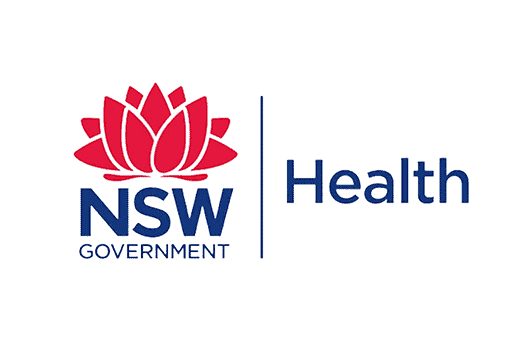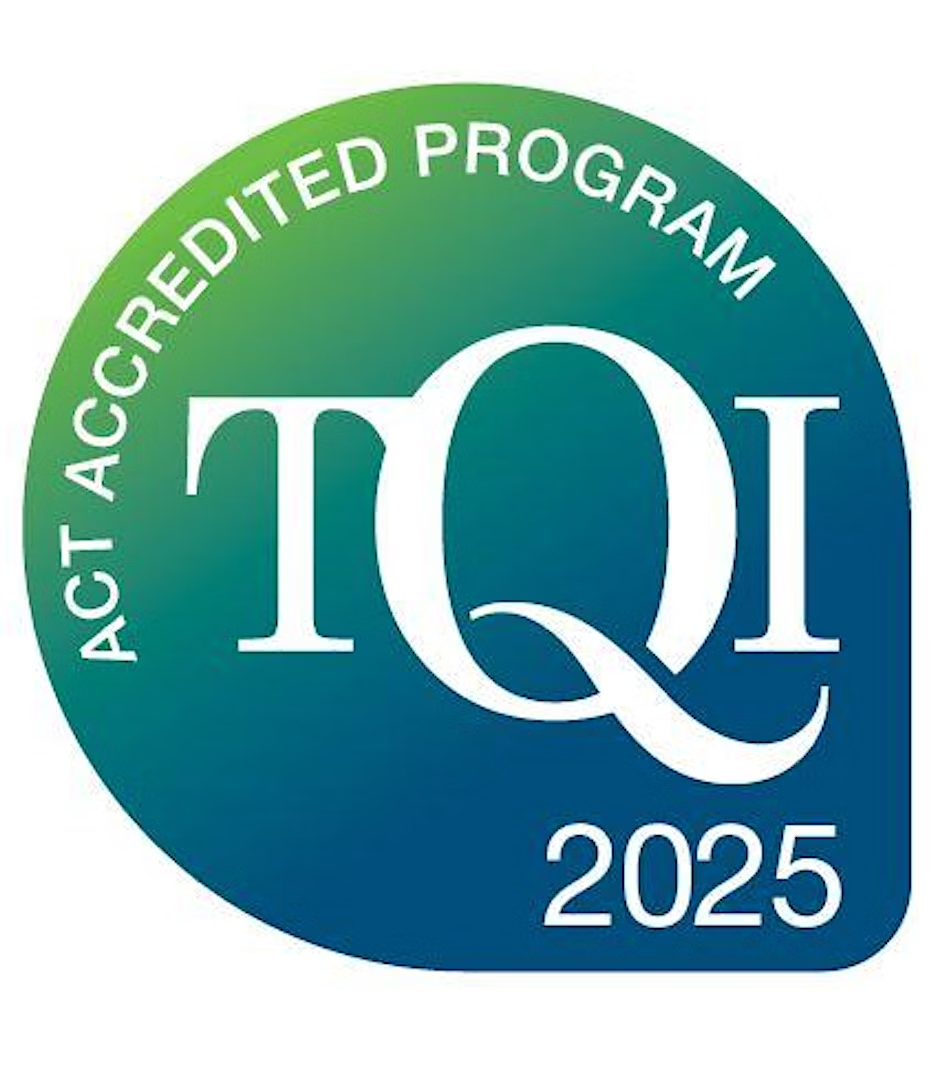Australian schools often rely on the Tell Them From Me survey to understand student wellbeing, engagement and belonging. This tool gives a useful whole-school snapshot. But schools also need a way to measure the impact of specific programs, like Peer Support.
Jonathon Peatfield, CEO of Life Ed NSW/ACT, says many schools find it challenging to evaluate their wellbeing initiatives.
“How do you know which programs are working? Tell Them From Me offers a broad view, but it doesn’t always capture the impact of a specific program,” he says.
The Peer Support Wellbeing Survey offers a more targeted option. It helps schools track how students and teachers feel before and after completing the Peer Support Program.
The data tells a fuller story
Students, Peer Leaders and staff complete short surveys before the program begins and again at the end. The results show what’s changed and highlight areas that might need more support.
Schools receive a report that tracks progress and highlights trends. These insights help staff make decisions based on student voice and strengthen the culture of the school.
“The data gives schools a richer, more honest picture,” Peatfield says. “It shows whether students feel connected, whether Peer Leaders feel ready, and whether the culture is shifting.”
The survey is free for schools that use the Peer Support Program. Reporting is built in, so there’s no need for extra admin or analysis.
“The process is straightforward for teachers with minimal admin,” Peatfield says. “Each survey is shared via a secure online link and can be completed in class time under teacher supervision.”
“There’s no need to chase paper forms or collate results manually. Once surveys are completed, schools simply request access to their results online. Reports are automatically generated, allowing staff to view and export data as needed.”
Measure the impact of your programs in addition to Tell Them From Me
The Peer Support Wellbeing Survey was developed in collaboration with Deakin University.
Professor John Toumbourou, Chair in Health Psychology at Deakin, helped design the tool. He believes offering students the opportunity to share their confidential evaluation on your programs is a great way to continually improve.
“That’s an opportunity to say what was fantastic about it, but also what could be improved next year,” he says.
He recommends compiling program feedback into a report that offers constructive ideas and keeps people safe by avoiding individual criticism.
“It’s a good discipline for students to learn that they’re going to be asked for feedback at many points across their life,” he says. “So offer them a few pointers, such as if they think there’s an area that needs to be improved, don’t personalise it, talk about the issue.”
Simple tools lead to better outcomes
Schools don’t need a research team to evaluate wellbeing. Start with one clear question: what do you want to learn? Then choose a tool that helps you track that change over time.
“Evaluation doesn’t have to be complicated,” Peatfield says. “You just need a goal and a way to check if you’re getting there. When schools know what’s working, they can do more of it.”
The Peer Support Wellbeing Survey is available now for member schools. Not a Peer Support member? Find out about joining.
Download an info pack
Get a copy of our info pack with everything you need to know about the Peer Support Program and our other student wellbeing services.





